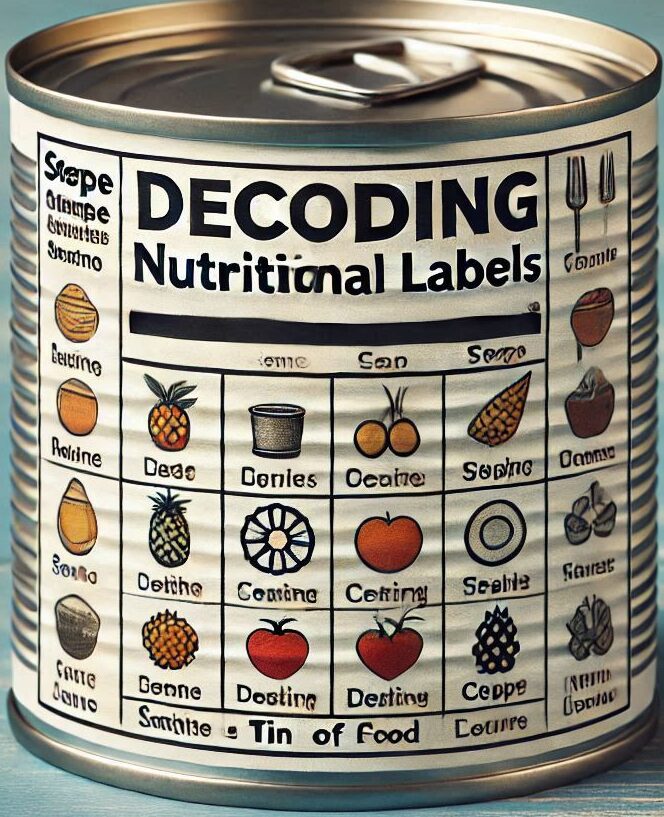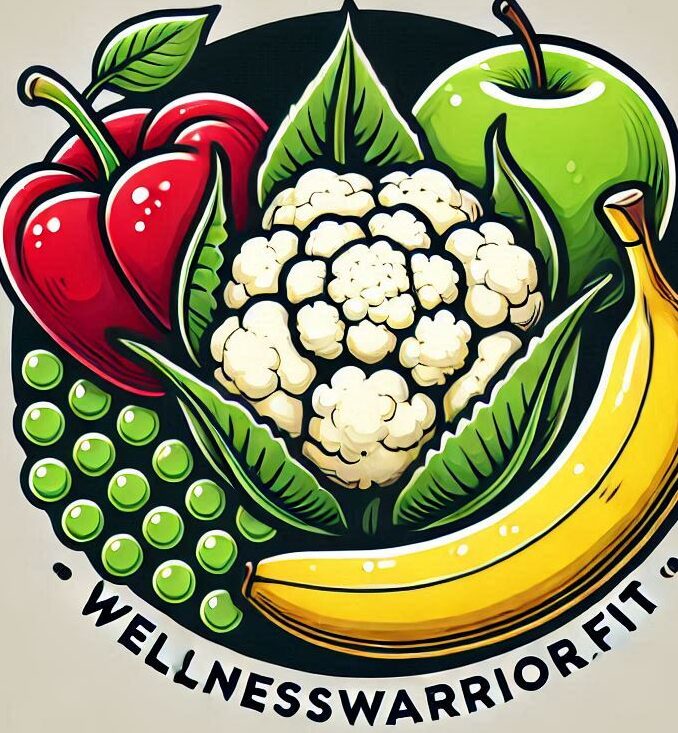Ever looked at a nutrition label and felt like it was written in code? You’re not alone. These labels are everywhere, from cereal boxes to canned veggies, but figuring them out can be tricky. Knowing what these fancy numbers and words mean can make your grocery trips a whole lot smarter.
First things first, what’s a nutrition label exactly? It’s a regulation-mandated guide on packaged food that tells you what’s inside. Knowing how to read it can help you make better decisions about what you’re eating. It’s like the cheat sheet for your dietary plan.
Now, let’s break down the nutrition facts panel. This is where you’ll find all the information packed into neat little boxes. The panel usually includes serving size, calories, nutrients like fat, cholesterol, sodium, carbohydrates, proteins, and more.
Let’s talk about serving sizes. They might seem innocent, but they play a huge role in how you read everything else on the label. Most nutrition information is based on this specific serving size. Figuring out if the serving size matches what you’ll actually eat helps you understand how many calories and nutrients you’ll take in.
Calories get a lot of attention for a reason. They measure the amount of energy you get from the food—and who doesn’t want to know how much fuel they’re putting into their body? Whether you’re looking to maintain, gain, or lose weight, keeping an eye on those calories is a good strategy.
Key Nutrients and Their Impact on Health
Nutrition labels aren’t just about calories—they’re a treasure trove of information about the nutrients your body craves. Knowing what proteins, carbohydrates, and fats do for you can change how you feel and function every day.
Proteins are the building blocks your body needs. Found in meat, dairy, beans, and more, they help repair tissues and make enzymes. Want strong muscles? Pay attention to protein content!
Carbohydrates might be the most talked-about nutrient these days. Carbohydrates fuel your brain and muscles. But beware—while you want enough to keep moving and thinking, too much can lead to unwanted weight gain. Look for whole grains and minimize refined sugars.
Fats have been given a bad rap, but they’re essential too! Good fats found in avocados, nuts, and olive oil can support heart health. Of course, too much of the wrong kind (saturated and trans fats) can lead to health issues, so balance is key.
Micro-nutrients like vitamins and minerals are small but mighty. They do everything from boosting your immune system to keeping your bones strong. Remember Vitamin D, Calcium, and Iron—just to name a few! These are crucial for your body’s daily operations.
Let’s talk about sugars. There’s a big difference between naturally occurring sugars found in fruits and added sugars included into sodas and snacks. Cutting back on added sugars can benefit your waistline and your overall health.
Dietary fiber might be the unsung hero of nutritional health. Found in fruits, veggies, and whole grains, it helps with digestion and can keep your heart healthy too. Reading those grams of fiber on the label can guide you toward better food choices.
Reading Between the Lines: Common Misconceptions

Nutrition labels can sometimes be sneaky, hiding behind words that sound healthier than they are. Ever seen ‘low-fat’ on a snack and thought it was a guilt-free treat? Here’s the catch—these options might reduce fat, but they often pack more sugar to keep the taste. It’s a classic swap that can derail healthy intentions.
Then there’s the ‘organic’ and ‘non-GMO’ craze. These labels promise that the food was grown without certain chemicals or genetic alterations. While these foods might be better environmentally, it doesn’t always mean they’re healthier calorie-wise. Checking the full nutrition label alongside these claims is always smart.
The ‘all-natural’ label seems promising, right? Brands love to flaunt it, but it doesn’t mean much nutrition-wise. Foods labeled ‘all-natural’ are not regulated by strict standards and can still include artificial elements like sugar or fat.
There’s also something known as the ‘halo effect,’ where foods marketed as ‘diet-friendly’ make you think you’re making smart choices. Those familiar slogans on packaging can lead you to ignore the rest of the nutritional info—big mistake! Always flip the package and get the full story before buying.
Making Informed Choices: Navigating Nutrition Labels for Better Health
Once you’ve got a handle on what everything means, nutrition labels become a powerful tool for living healthier. Tailoring your food choices based on these labels can fit dietary preferences like veganism, gluten-free diets, or medical necessities like low-sodium diets.
Using the percent Daily Values (DV), you can gauge how much of each nutrient you’re getting relative to what you need. For instance, a food item that offers 20% DV of calcium could be a great source for boosting bone health. Always aim to fill your day with a balanced variety of nutrients rather than going overboard on any single one.
When comparing products, head right to those labels. Even foods that seem similar might have differences in added sugars, sodium, or other nutrients. Paying attention can help you pick the healthier choice every time.
Remember, knowledge is power. The more familiar you become with nutrition labels, the easier it becomes to shop methodically and eat mindfully. You’re in the driver’s seat when it comes to your health, and slicing through these labels is the map that helps get you there.
Here’s a little transparency: Our website contains affiliate links. This means if you click and make a purchase, we may receive a small commission. Don’t worry, there’s no extra cost to you. It’s a simple way you can support our mission to bring you quality content.”
